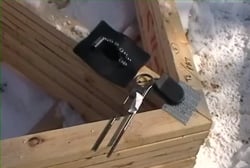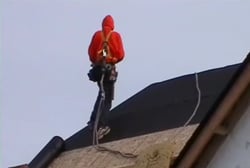Quisque facilisis erat a dui. Nam malesuada ornare dolor. Cras gravida, diam sit amet rhoncus ornare, erat elit consectetuer erat, id egestas pede nibh eget odio. Proin tincidunt, velit vel porta elementum, magna diam molestie sapien, non aliquet massa pede eu diam. Aliquam iaculis. Fusce et ipsum et nulla tristique facilisis. Donec eget sem sit amet ligula viverra gravida. Etiam vehicula urna vel turpis. Suspendisse sagittis ante a urna. Morbi a est quis orci consequat rutrum. Nullam egestas feugiat felis. Integer adipiscing semper ligula. Nunc molestie, nisl sit amet cursus convallis, sapien lectus pretium metus, vitae pretium enim wisi id lectus. Donec vestibulum. Etiam vel nibh. Nulla facilisi. Mauris pharetra. Donec augue. Fusce ultrices, neque id dignissim ultrices, tellus mauris dictum elit, vel lacinia enim metus eu nunc.
- Home
- Business Insurance
- Industries
- Agriculture & Agribusiness
- Arts, Entertainment, & Recreation
- Auto and Franchise Dealers
- Camps and Retreats
- Child Care
- Construction
- Dental Practice
- Financial and Professional Services
- Fitness
- Food & Beverage
- Gas & Oil Distribution
- Healthcare & Social Services
- Hospitality, Media and Entertainment
- Lumber / Wood Products
- Manufacturing and Industrial Services
- Public and Private Education
- Public Entity / Municipalities
- Real Estate
- Retail
- Small Business
- Technology & Cyber Security
- Temporary Staffing
- Tree Care & Arborists
- Trucking, Transportation, & Warehousing
- Veterinarian & Animal Care
- Benefits
- Financial Services
- Bonds
- Personal Insurance
- Medicare
- Resources
- About Us
- Careers
- Blog
- Employee Directory


 By using the DBI Sala U-Bolt Roof Anchor, a personal fall arrest system can be easily attached to a pitched roof. The homebuilder supplies this device.
By using the DBI Sala U-Bolt Roof Anchor, a personal fall arrest system can be easily attached to a pitched roof. The homebuilder supplies this device. The framing contractor attaches the anchor to a roof truss while the truss is on the ground.
The framing contractor attaches the anchor to a roof truss while the truss is on the ground. The roof anchor is easily incorporated into a contractor's use while on the roof.
The roof anchor is easily incorporated into a contractor's use while on the roof.
